In this article, we will provide you with some valuable tips and techniques to help you perfect the exposure in your time-lapse videos.
The Importance of Perfect Exposure
Creating a time-lapse video with perfectly exposed day-to-night transitions is crucial for achieving a visually striking end result. Improper exposure can result in underexposed or overexposed frames, which can be distracting and diminish the overall quality of your time-lapse. To avoid this, follow these tips:
Plan Ahead
- Scout the location in advance to understand the lighting conditions throughout the day.
- Consider the direction and intensity of the sunlight.
- Consult weather forecasts to anticipate changes in weather patterns.
Use Manual Mode
Manual mode gives you complete control over the exposure settings of your camera. This is particularly important when shooting time-lapse videos, as the automatic exposure modes may adjust settings between frames, resulting in inconsistent exposures. Set your aperture, shutter speed, and ISO manually to maintain consistent exposure throughout the sequence.
Shoot in RAW
RAW files contain a wealth of information and provide greater latitude for adjustments in post-processing. They allow you to recover details in both shadows and highlights, which is essential when dealing with challenging lighting conditions during day-to-night transitions.
Bracket Your Exposures
To ensure you capture the perfect exposure during day-to-night transitions, consider bracketing your shots. Bracketing involves taking multiple images at different exposure levels. This will give you flexibility when editing, allowing you to choose the best exposure for each frame.
Mastering Day-to-Night Transitions
Smoothly transitioning from day to night in your time-lapse videos can be a visual treat. Here are some tips to help you achieve seamless transitions:
Adjust Your Interval
As daylight transitions into night, the rate at which the lighting changes decreases. You may need to adjust your interval between shots accordingly. A shorter interval during the day and a longer interval during the night will help maintain consistent exposure and smooth transitions.
Use Graduated ND Filters
Graduated Neutral Density (ND) filters are valuable tools for balancing exposure when shooting landscapes. These filters darken the sky or bright areas of the frame, allowing you to capture a well-exposed image. During day-to-night transitions, using graduated ND filters can help balance the exposure between the bright daytime sky and the darker landscape as the sun sets.
Embrace Manual White Balance
Automatic white balance can produce inconsistent results as the lighting changes throughout the day. Set your white balance manually to maintain consistent colors during day-to-night transitions. Experiment with different white balance settings to achieve the desired mood and atmosphere.
Key Takeaways
- Planning ahead and understanding the location’s lighting conditions are crucial for working with day-to-night transitions.
- Using manual mode, shooting in RAW, and bracketing your exposures ensure consistent and well-exposed frames.
- Adjusting the interval, using graduated ND filters, and embracing manual white balance help achieve smooth day-to-night transitions.
In conclusion, capturing perfectly exposed day-to-night transitions in time-lapse videos requires careful planning, technical skills, and the right equipment. By following the tips and techniques provided in this article, you’ll be able to create visually stunning time-lapse videos that captivate your audience. Remember, practice makes perfect, so don’t be afraid to experiment and refine your methods to achieve the best possible results. Happy shooting!


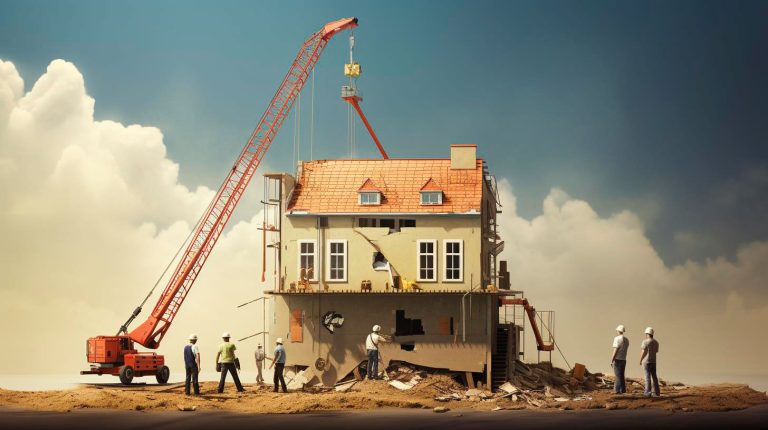
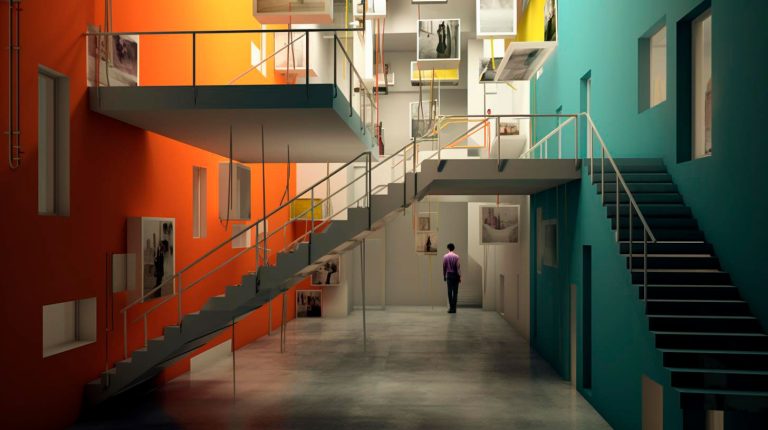

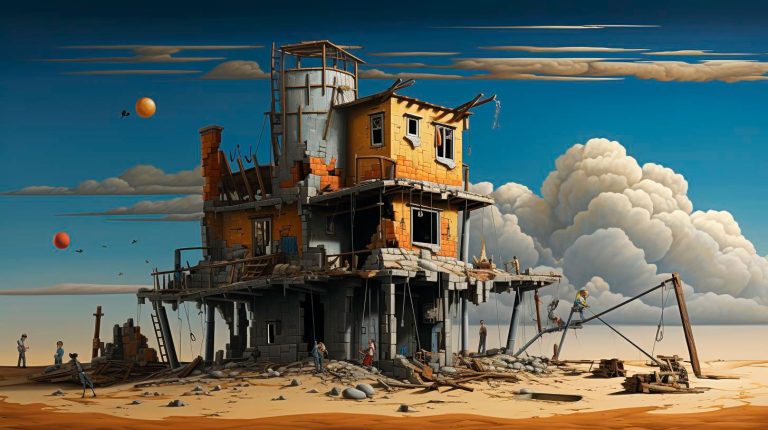
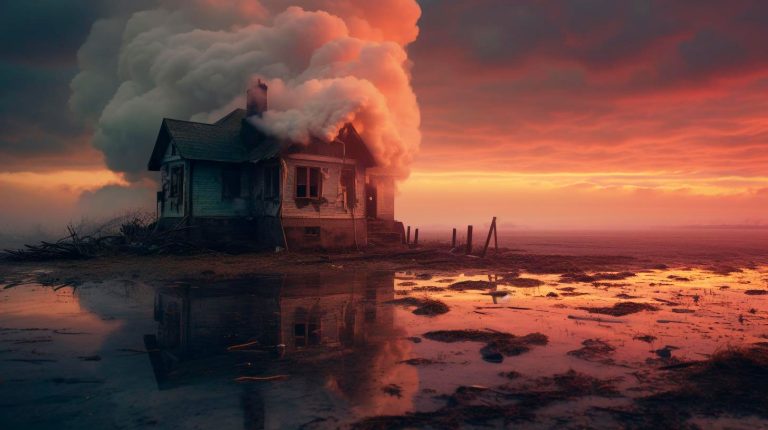

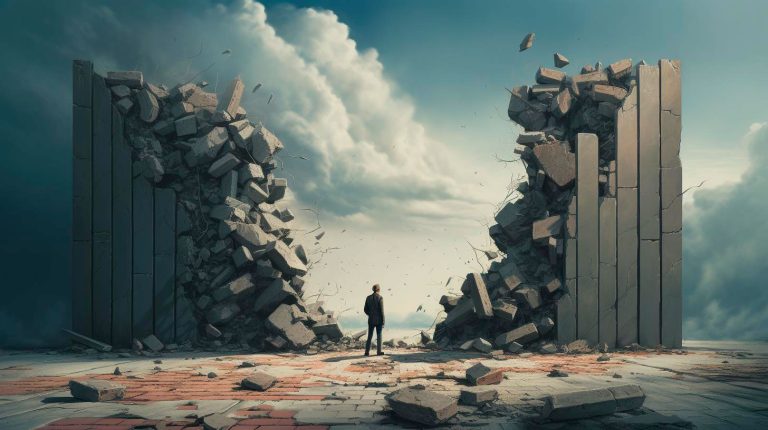


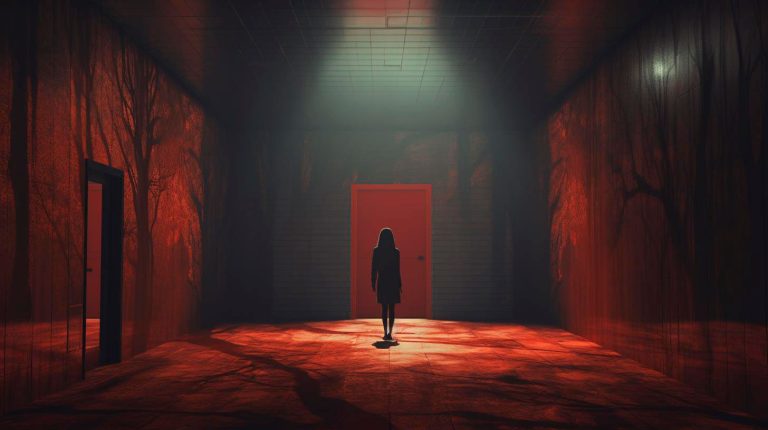


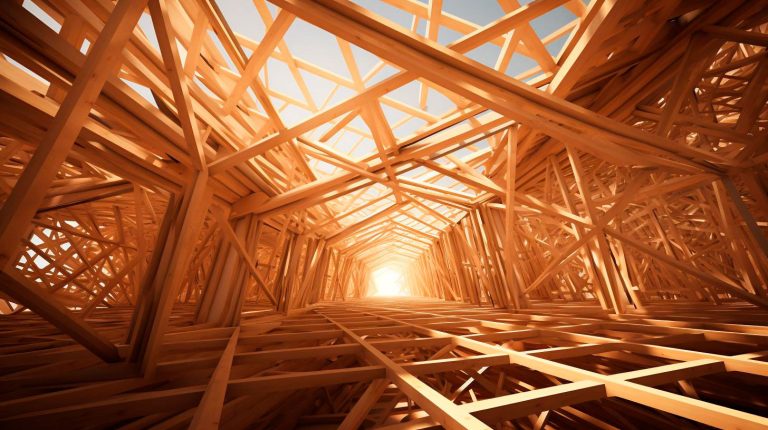








+ There are no comments
Add yours